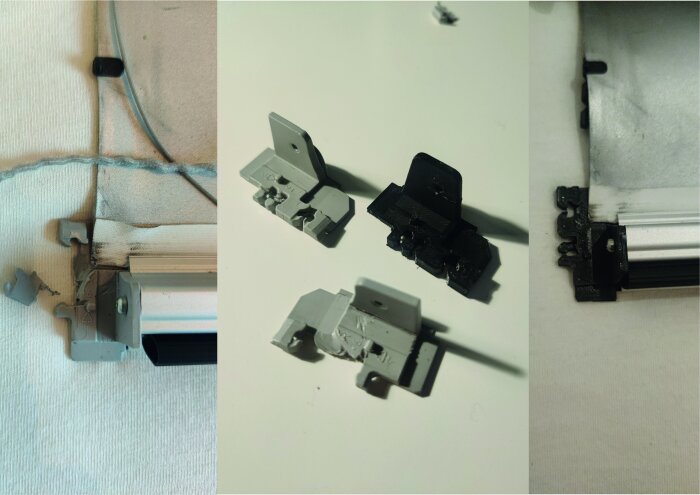The right to repair movement has sent out a strong signal over the past four years that has not been ignored by the European Parliament. A proportion of consumers want more control over their product, transparent information about the use and maintenance of a product and the possibility of buying and replacing spare parts. In the linear economy we live in today, products are still discarded far too quickly. This is a pity, because it takes a lot of energy to produce these products and they also contain valuable raw materials. These raw materials are scarce, because our planet is not endlessly exploitable. For example, it is predicted that by 2030 there will be no new zinc raw material available. This would be problematic for the production of today's electronics.
Research shows that some of the products that are discarded are still working perfectly. This is because companies in today's economy are still focused on selling as many products as possible. Through targeted marketing, we always buy the latest products, so that we don't have to miss out on anything. There is also planned obsolescence. Some products are made specifically to break down after a certain time. This has to stop and change is needed.
The circular economy (CE) provides the perfect framework to make this change possible. The goal of a CE is to create no waste and to keep products in the chain as long as possible. Using products longer and repairing them is the best possible strategy to keep raw materials in the chain. For companies, a circular economy offers many opportunities and innovative business models. This thesis will take a closer look at the repairability of products and how this can be incorporated into a design process. 80% of the life cycle of a product is determined in the design process. It is therefore of great importance that product life span extending insights are included in the design process.
-
 Repair of Velux
Repair of Velux
Link with REuse Lab
The designer of the future will have to focus more on sustainability aspects and the reuse of products. The repairability of a product is an important aspect. By repairing products, they can be used or reused longer. Interactive manuals, dismantling techniques, availability of parts and product-service combinations are just some of the techniques that make it possible to repair products better. Through targeted research during a design process, the product can be thoughtfully designed with a focus on repairability.
Timeline: 2022-2026